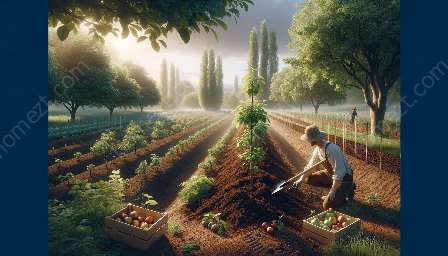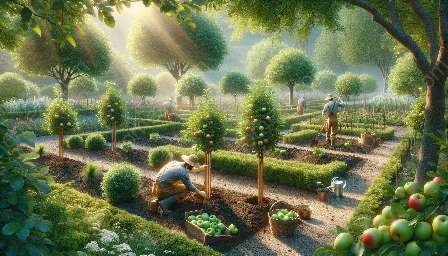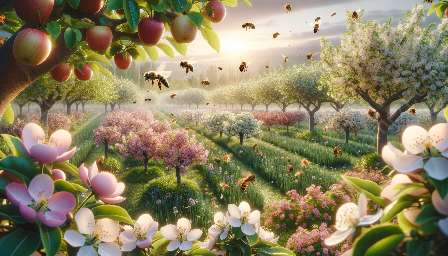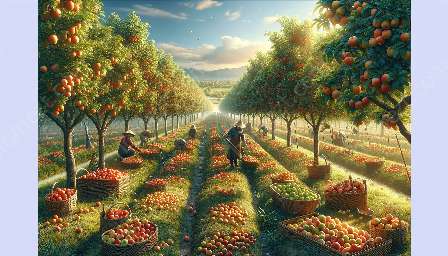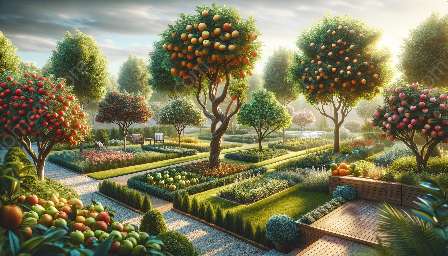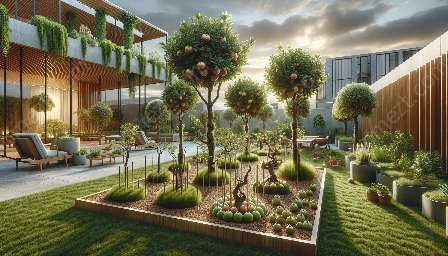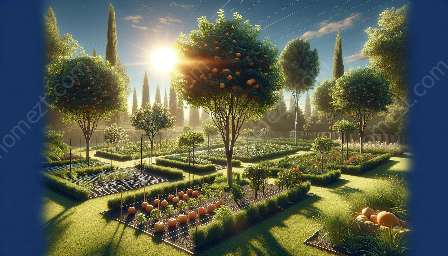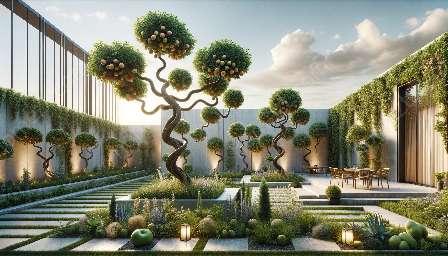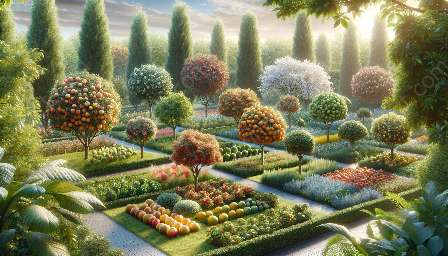Welcome to the world of espalier techniques, where the art of training fruit trees to grow in specific shapes and patterns meets the realm of gardening and landscaping. Espalier, a horticultural practice with historical roots, offers a unique and visually striking approach to cultivating fruit trees while adding a touch of elegance to outdoor spaces.
The Origins of Espalier
Espalier, derived from the French word 'espalier' meaning 'to support on a trellis,' has been practiced for centuries, with its origins traced back to the gardens of ancient civilizations such as the Romans and Egyptians. It was further popularized during the Renaissance and Baroque eras, where it became a staple feature of formal gardens and grand estates.
Types of Espalier Techniques
Espalier techniques involve training fruit trees to grow in specific shapes, such as horizontally along a wall or fence, in diagonal tiers, or into intricate geometric patterns. Common forms of espalier include the cordon, fan, and Belgian fence, each with its unique methods of pruning, tying, and shaping the tree to achieve the desired design.
Cordon
The cordon, or single-axis espalier, entails training the tree to grow in a single, horizontal plane, typically against a support structure such as a trellis or wire system. This technique maximizes space efficiency and facilitates easy fruit harvesting and maintenance.
Fan
The fan espalier involves training the tree's branches to radiate outward from a central point, resembling the shape of a fan. This technique is well-suited for creating a striking focal point against a wall or as a boundary feature in a garden.
Belgian Fence
The Belgian fence, a more intricate form of espalier, employs a crisscross pattern of branches to create a stunning visual effect. This technique is ideal for defining pathways, creating natural privacy screens, or adding architectural interest to outdoor spaces.
Integrating Espalier into Fruit Tree Cultivation
When it comes to fruit tree cultivation, espalier techniques offer numerous benefits beyond their aesthetic appeal. By training fruit trees using espalier, gardeners can manage the tree's growth, improve sunlight exposure for optimal fruit production, and facilitate easier pest and disease management. Additionally, espaliered fruit trees can thrive in smaller spaces, making them an excellent option for urban and suburban gardens.
Gardening and Landscaping with Espalier
For individuals passionate about gardening and landscaping, espalier techniques present exciting opportunities to add creativity and structure to outdoor environments. Whether incorporated into a formal garden design, used to adorn the walls of a courtyard, or integrated as a decorative element in a landscape, espaliered fruit trees can transform ordinary spaces into captivating, living works of art.
Enhancing Vertical Spaces
One of the most compelling aspects of espalier techniques is their ability to make effective use of vertical spaces, such as walls, fences, and trellises. By training fruit trees to grow against vertical surfaces, gardeners can take advantage of limited space while introducing an element of natural beauty to their surroundings.
Creating Functional Dividers
In landscaping, espaliered fruit trees can serve as functional dividers, helping to delineate different areas of a garden or providing privacy without sacrificing visual appeal. Whether used to enclose a seating area, border a walkway, or demarcate specific garden zones, espaliered trees offer a harmonious blend of form and function.
Adding Architectural Interest
By incorporating espaliered fruit trees into landscaping projects, individuals can introduce architectural interest and visual diversity to their outdoor spaces. The meticulously trained forms of espalier, whether simple or intricate, contribute a sense of artistry and structure, elevating the overall aesthetic of a garden or landscape.
Conclusion
Espalier techniques marry the worlds of fruit tree cultivation, gardening, and landscaping, offering a captivating fusion of art and horticulture. Whether you aspire to transform your garden, create a stunning outdoor display, or cultivate fruit in limited spaces, exploring the art of espalier is an enriching and rewarding endeavor. Embrace the timeless practice of espalier and unlock the potential to elevate the beauty of your outdoor environment with this captivating and versatile horticultural art form.

